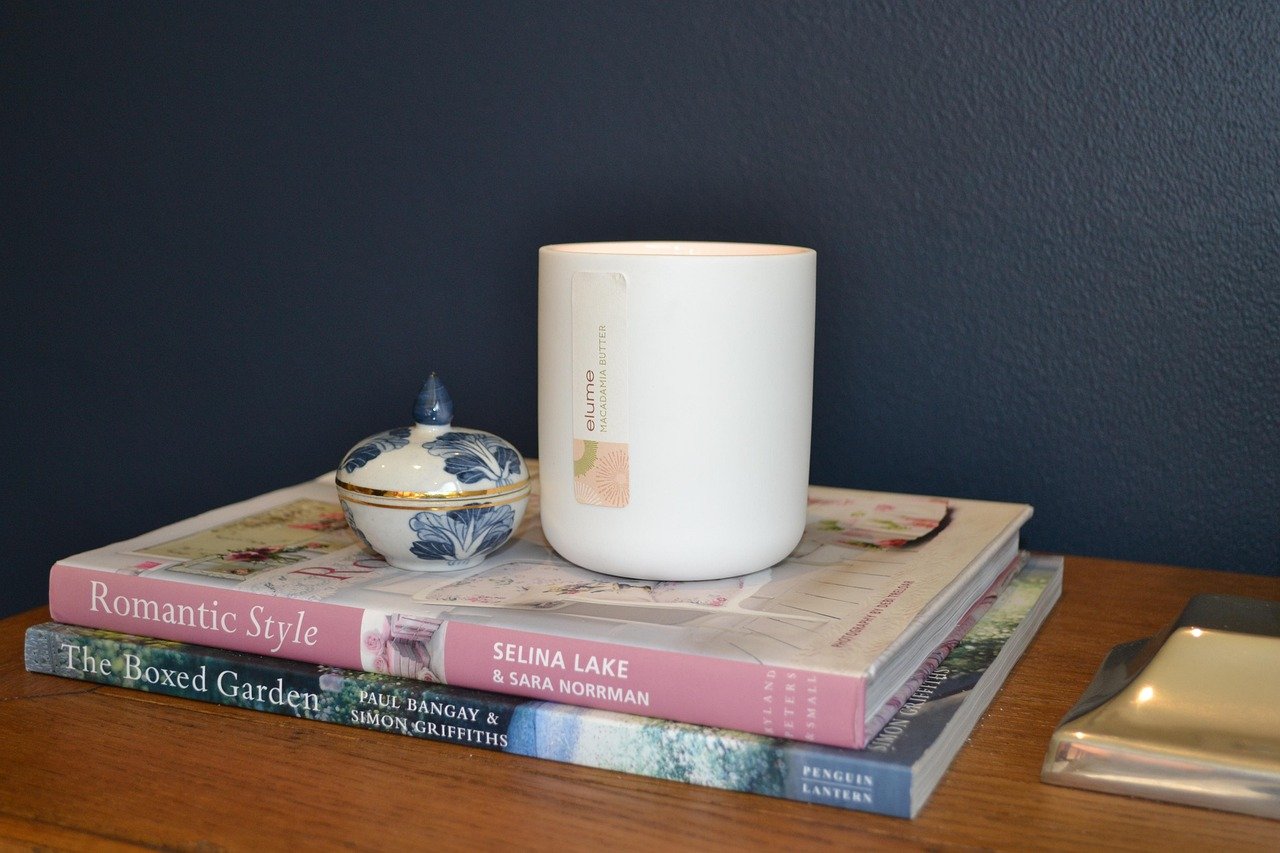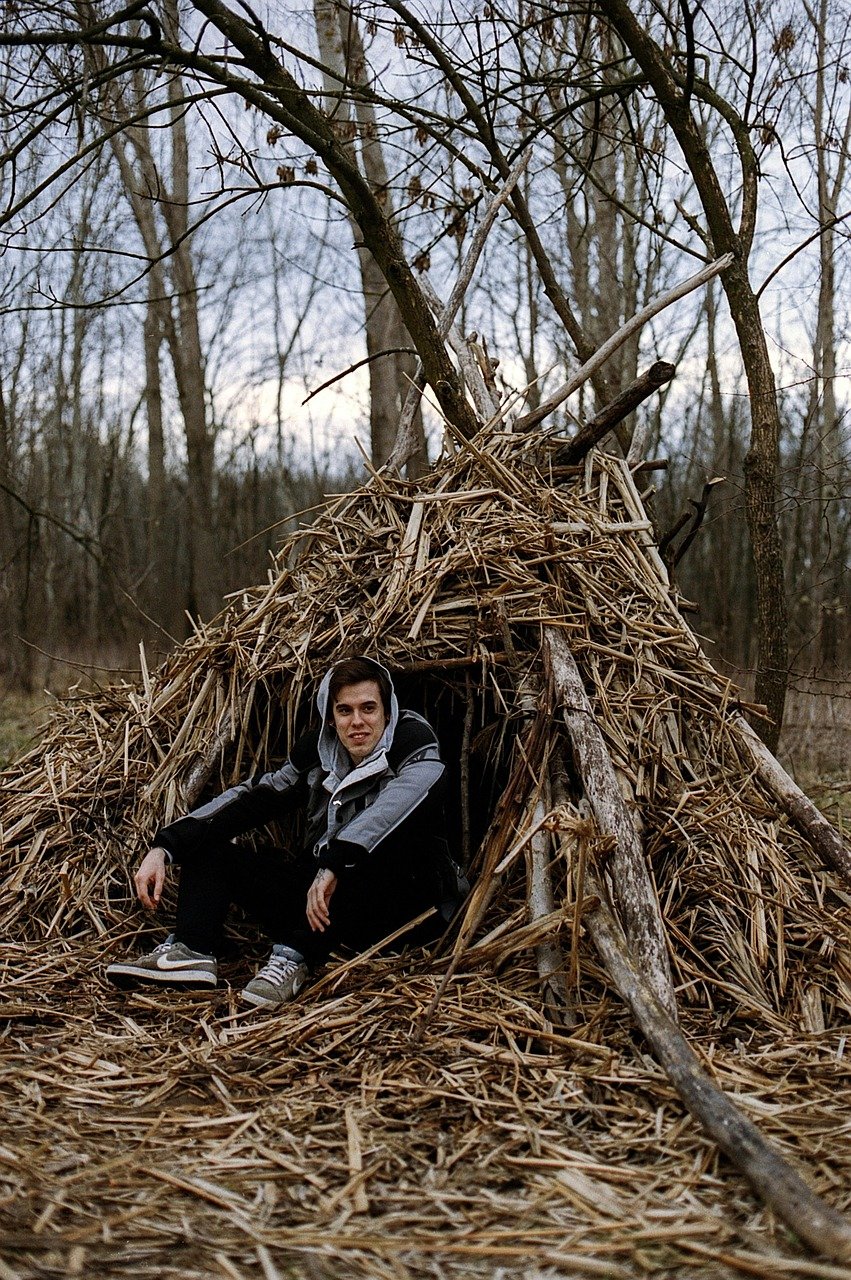

Unveiling the Masterpiece: The Intersection of Art and Museums in ‘Natural Born Killers’ Visual Revolution
The 1994 film Natural Born Killers, directed by Oliver Stone, is often celebrated for its audacious visual style and its unflinching critique of media sensationalism. However, beneath its chaotic surface lies a profound intersection of art and museums that has been largely underexplored. This article delves into the film’s artistic innovations, its commentary on the role of museums in society, and the broader implications of its visual revolution. By examining these elements, we can uncover the deeper layers of Natural Born Killers and its enduring relevance in contemporary culture.
The Artistic Vision of Natural Born Killers
Oliver Stone’s Natural Born Killers is a visual tour de force, employing a kaleidoscope of techniques that challenge traditional cinematic norms. The film’s use of rapid cuts, mixed media, and shifting color palettes creates a disorienting yet captivating experience. This stylistic approach is not merely for shock value; it serves as a metaphor for the fragmented nature of modern media and its impact on perception.
One of the most striking aspects of the film’s visual style is its appropriation of artistic movements. From the grotesque surrealism of Hieronymus Bosch to the chaotic energy of Abstract Expressionism, Natural Born Killers draws on a rich tapestry of art history. This interplay between cinema and visual art raises important questions about the boundaries of artistic expression. How does the film’s use of these techniques redefine the relationship between film and art? And what does this say about the role of the artist in contemporary society?
Museums as Cultural Arenas
Museums play a pivotal role in Natural Born Killers, both as physical spaces and as symbols of cultural authority. The film’s protagonists, Mickey and Mallory, embark on a violent spree that culminates in a climactic showdown at a museum. This setting is not arbitrary; it underscores the film’s critique of institutionalized culture and the commodification of art.
In the museum scene, the juxtaposition of classical sculptures and modernist paintings with the chaos of violence creates a jarring commentary on the sanitization of art. Museums, often seen as bastions of high culture, are revealed as spaces where art is stripped of its raw, visceral power and reduced to mere spectacle. This raises critical questions about the role of museums in society. Are they guardians of cultural heritage, or are they complicit in the commodification of art? And how does this dynamic influence our understanding of art’s value?
The Media’s Role in Shaping Perception
Natural Born Killers is as much a critique of media as it is a work of art. The film’s narrative is interspersed with mockumentary-style interviews, sensationalized news reports, and satirical commercials. This fragmented portrayal of media reflects the film’s central theme: the blurring of reality and fiction in a media-saturated world.
The film’s visual style mirrors this theme, with its use of different film stocks, animation, and video effects creating a sense of disorientation. This approach challenges the viewer to question the authenticity of what they are seeing. In doing so, Natural Born Killers raises important questions about the role of media in shaping our perceptions of reality. How does the film’s use of mixed media influence our understanding of its narrative? And what does this say about the broader implications of media representation in contemporary culture?
The Intersection of Art and Violence
Violence is a central theme in Natural Born Killers, and its portrayal is deeply intertwined with the film’s artistic vision. The film’s graphic depictions of violence are not gratuitous; they serve as a commentary on the desensitization of society to brutality. This is particularly evident in the museum scene, where the violence is juxtaposed with the serene beauty of classical art.
This intersection of art and violence raises complex questions about the role of art in society. Is art a reflection of the world, or does it have the power to shape our perceptions of reality? And how does the portrayal of violence in art influence our understanding of its impact on society? Natural Born Killers challenges us to confront these questions and consider the broader implications of art’s role in shaping our cultural consciousness.
The Legacy of Natural Born Killers
Nearly three decades after its release, Natural Born Killers continues to provoke and inspire. Its bold visual style and unflinching critique of media and culture have cemented its place as a landmark in cinematic history. The film’s exploration of the intersection of art and museums remains particularly relevant in an era where the boundaries between art, media, and reality are increasingly blurred.
The film’s legacy is evident in the works of contemporary filmmakers and artists who continue to push the boundaries of visual storytelling. Its influence can be seen in the use of mixed media, the exploration of media’s impact on perception, and the critique of institutionalized culture. As we continue to grapple with the complexities of art and media in the digital age, Natural Born Killers serves as a powerful reminder of the enduring power of visual storytelling.
Sharing the Masterpiece
For those who have yet to experience Natural Born Killers, it is a film that demands to be seen. Its bold visual style, provocative themes, and unflinching critique of media and culture make it a must-watch for anyone interested in the intersection of art and cinema. Whether you are a seasoned cinephile or a casual viewer, Natural Born Killers offers a unique and thought-provoking experience that will leave a lasting impression.
For those who have already seen the film, revisiting it with an eye toward its artistic and cultural commentary can offer new insights and perspectives. The film’s rich tapestry of visual techniques and its exploration of the role of museums and media in society provide ample material for discussion and analysis. By engaging with Natural Born Killers on a deeper level, we can gain a greater appreciation for its enduring relevance and its place in the pantheon of cinematic masterpieces.
The Broader Implications of Art and Media
Natural Born Killers is more than just a film; it is a cultural artifact that reflects the complexities of its time while offering timeless insights into the human condition. Its exploration of the intersection of art and museums, the role of media in shaping perception, and the portrayal of violence in art continues to resonate in contemporary culture. As we navigate the challenges of the digital age, Natural Born Killers serves as a powerful reminder of the enduring power of art to provoke, inspire, and challenge our understanding of the world.
In an era where the boundaries between art, media, and reality are increasingly blurred, Natural Born Killers offers a compelling critique of the forces that shape our cultural consciousness. Its bold visual style and unflinching exploration of complex themes make it a film that demands to be seen, discussed, and analyzed. As we continue to grapple with the implications of art and media in our lives, Natural Born Killers remains a vital and relevant work that challenges us to confront the complexities of our world.
